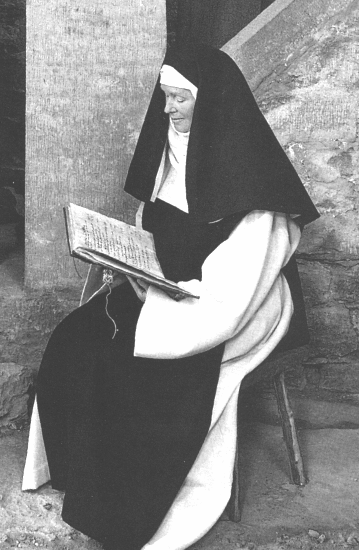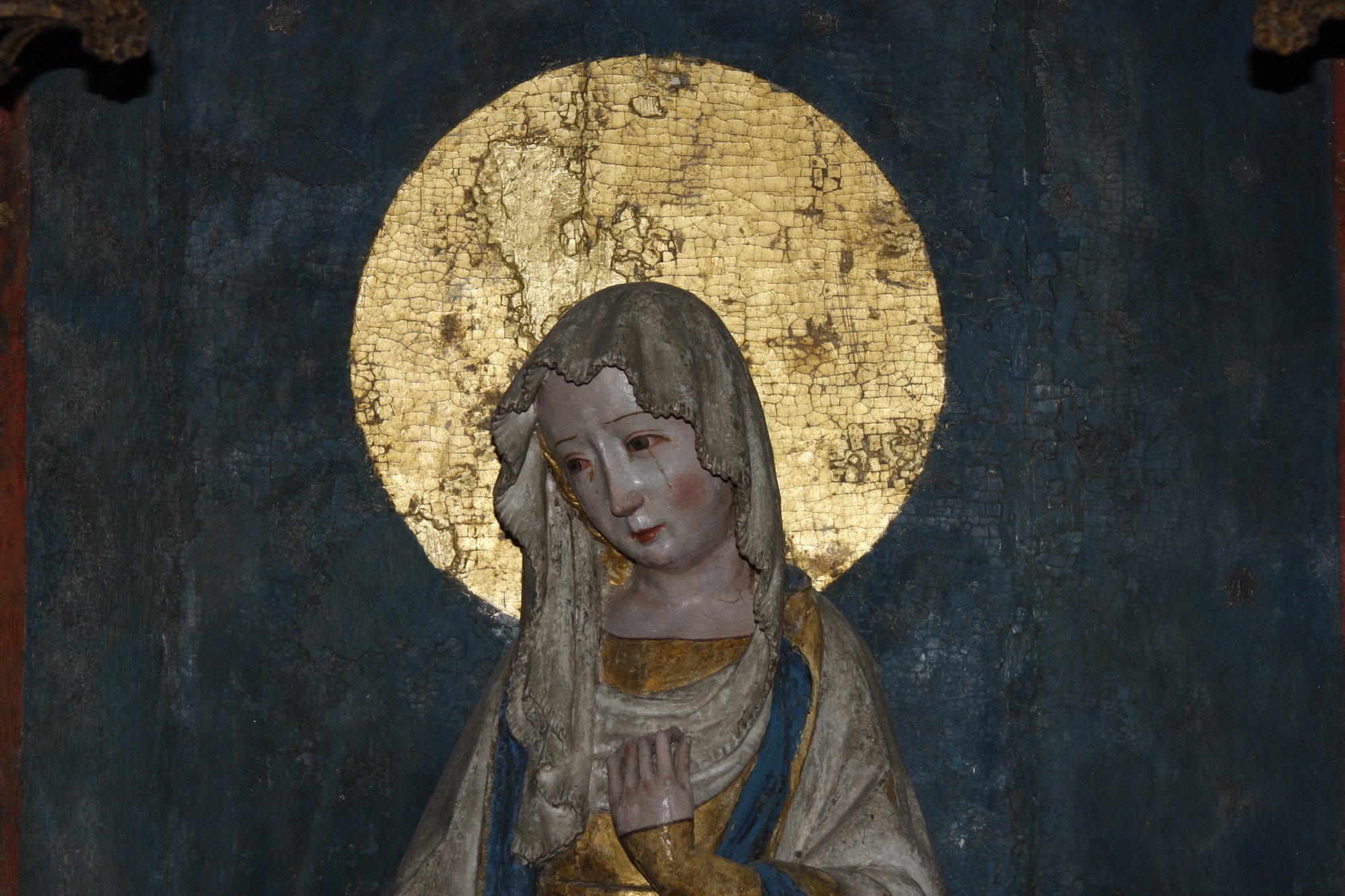There are fascinating, and some of them quite dramatical, stories about girls that for one or another reason were forced to enter the convent. The worst examples often origin from some noble, small districts in Germany where the ecclesiastical investigations indicated that abbeys in some cases had become a place for unloading noble daughters, mainly during difficult economical days, with in many instances horrible outcomes!

However, the Swedish abbeys, being comparatively smaller in size, were more clearly incorporated in the medieval society; they were founded in cooperation with the aristocracy. There was a counterpart acquired for being accepted as a nun, which in most cases meant a donation of land. In latterly research there are most often nuances of the traditional image of a father mainly having economical reasons for putting his daughter in a convent. A donation to an abbey implied great social advantages, and the abbeys had their own attractiveness. The social advantages were inextricably linked to the religious ones.
This certainly does not mean that the monastic life was an idyll free of frictions, but modern religious research indicate that one of the most important conditions for religiosity is a stable and well-founded personality. Abbesses can be regarded as that group of nuns.
Find out more in Askeby kloster – om klostertid och klosterliv (Askeby Abbey – Monastic Days and Life) by Kjell O Lejon.
